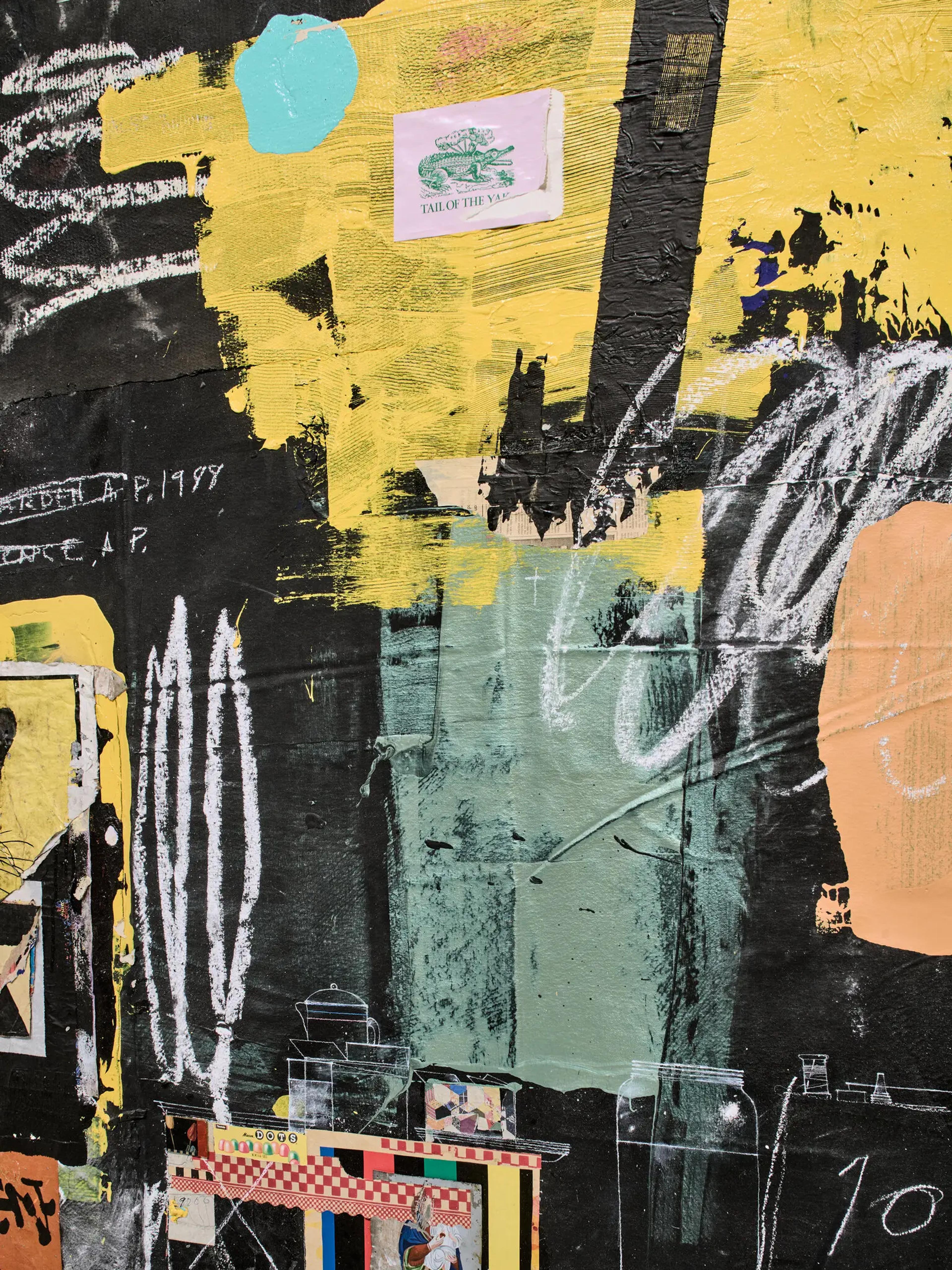The New York Times, review by Will Heinrich
June 2025
Few have done more with the color black than Raymond Saunders. The Pittsburgh-born painter and professor emeritus, now in his early 90s, has spent most of his career in Oakland, Calif., covering canvases and other flat surfaces with a dense, inky backdrop that dazzles the eye. Then, by adding a dizzying array of mixed-media elements, from Ouija boards and found children’s drawings to appropriated advertisements and exhibition posters, he really makes it sing: Mere expanses of black paint, in his treatment, become both imaginative universes and art-historical chalkboards, capable of summoning up and subsuming just about anything he can think of.
Still, it was thoughtful of the Carnegie Museum of Art director, Eric Crosby, and the assistant curator Alyssa Velazquez, who put the show together, to start the artist’s largest ever museum retrospective with a pair of 1962 canvases that accessibly demonstrate the birth of his central insight. Called “Raymond Saunders: Flowers From a Black Garden,” the exhibition features nearly three dozen works of art.
